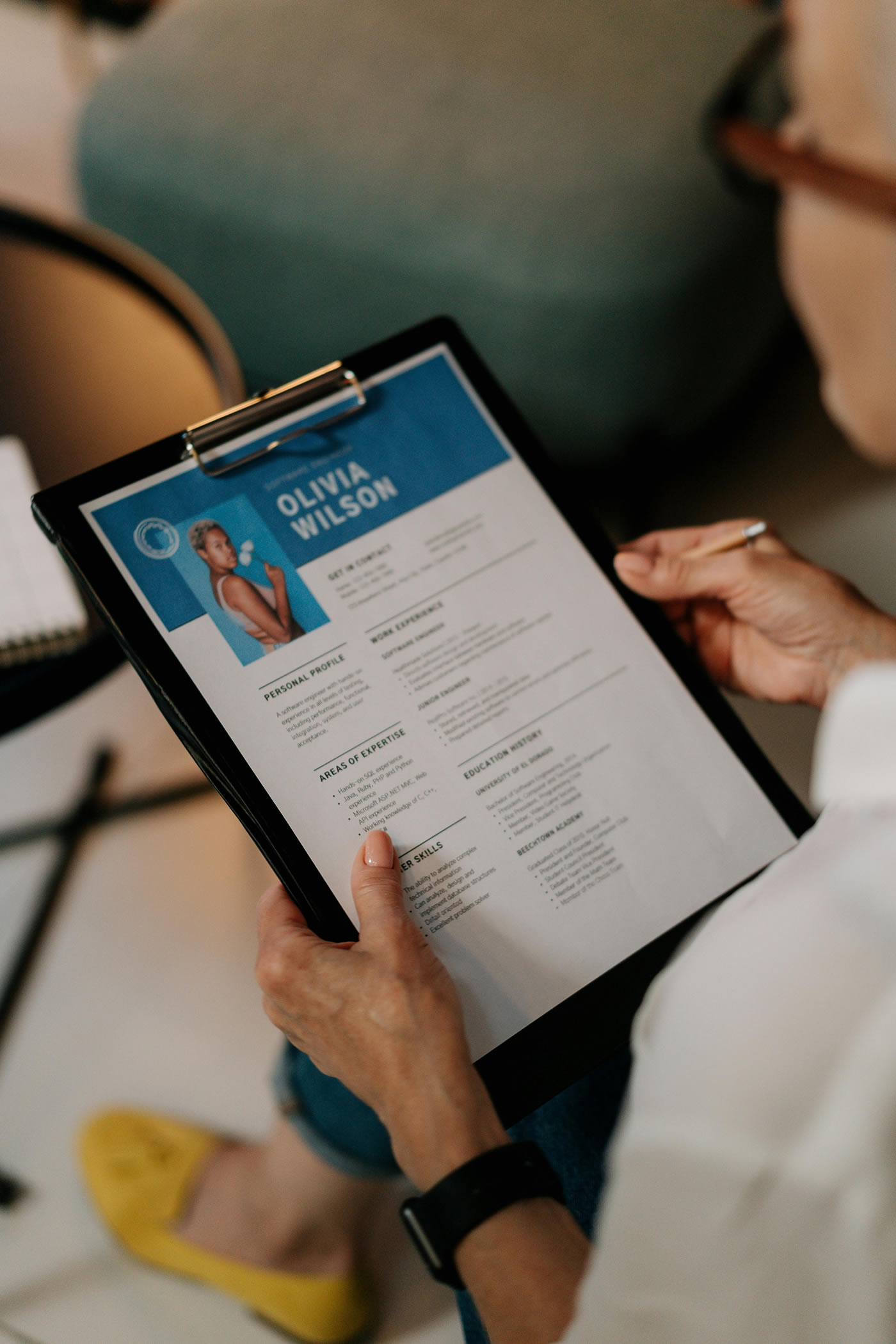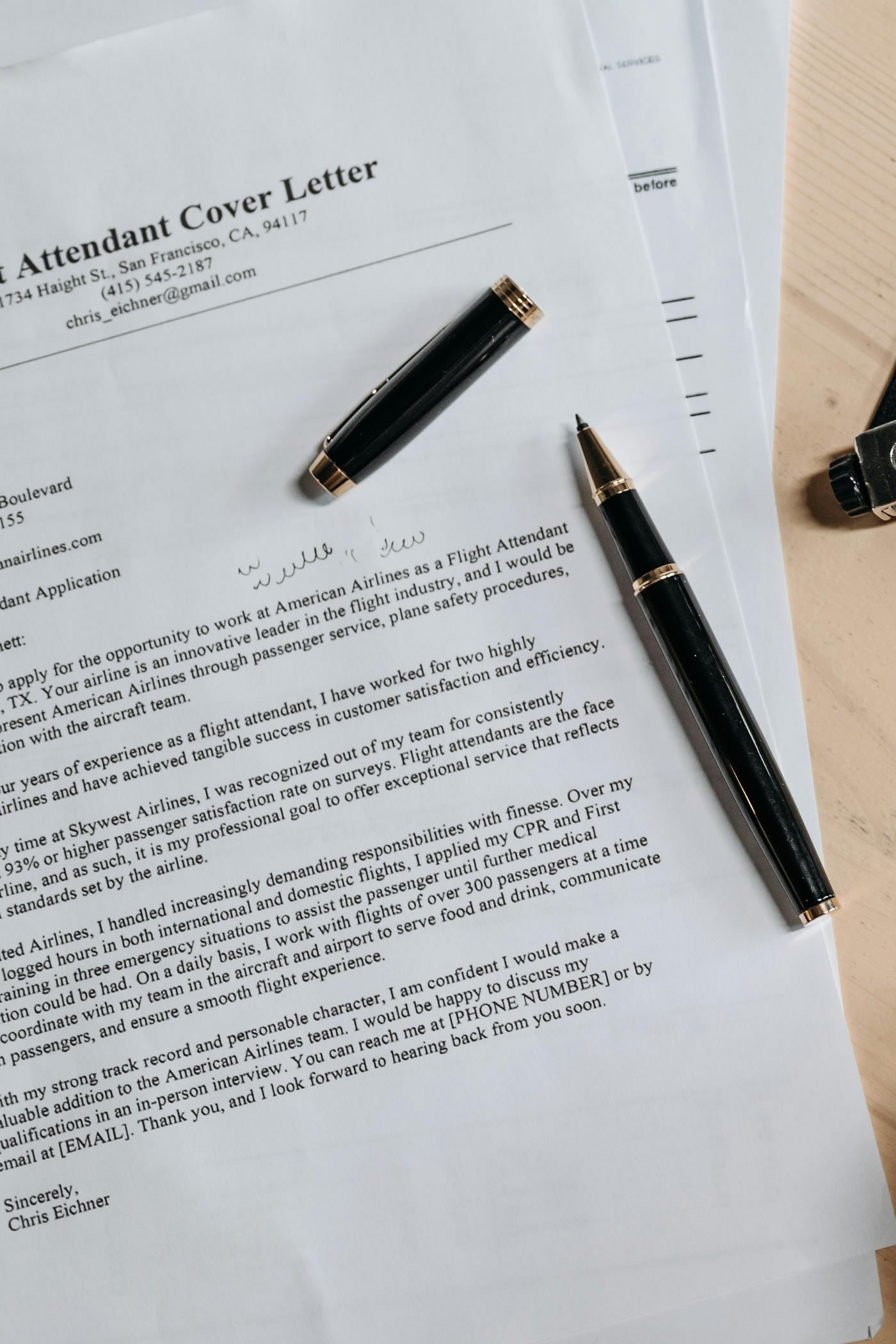Resume
Having a Canadian-style resume increases the likelihood of catching the attention of Canadian recruiters. Although Canadian-style resumes vary in format, they adhere to certain standards that are important to understand.
Your resume serves as a snapshot of your professional journey, highlighting key accomplishments, skills, and experiences. Here are some essential elements to consider when crafting your resume:
- Clear Formatting: A clean and well-organized layout ensures that recruiters can quickly navigate through your resume. Use clear headings, bullet points, and consistent formatting to enhance readability.
- Tailored Content: Customize your resume for each job application, emphasizing relevant experiences and skills that align with the job description. This demonstrates your genuine interest in the role and increases your chances of standing out among other applicants.
- Impactful Summary/Objective: Begin your resume with a concise summary or objective statement that encapsulates your professional profile and career goals. This section should grab the reader’s attention and provide a brief overview of your key strengths and qualifications.
- Achievement-Oriented Language: Use action verbs and quantifiable achievements to describe your past experiences. Instead of simply listing job responsibilities, focus on highlighting your contributions and impact in each role.
- Keyword Optimization: Many companies use Applicant Tracking Systems (ATS) to screen resumes for specific keywords related to the job requirements. Incorporate relevant keywords throughout your resume to increase your chances of passing through these automated filters.
- Education and Certifications: Include details of your educational background, relevant certifications, and any specialized training that enhances your qualifications for the role.
- Consistent Updates: Regularly update your resume to reflect your most recent experiences and accomplishments. This ensures that your resume remains current and relevant to potential employers.

Cover Letter
While your resume provides a snapshot of your professional qualifications, your cover letter offers an opportunity to tell your story and express your enthusiasm for the position. Here are some tips for writing an effective cover letter:
- Personalization: Address your cover letter to a specific individual whenever possible, rather than using generic greetings like “To Whom It May Concern.” This demonstrates your attention to detail and genuine interest in the company.
- Introduction: Start your cover letter with a compelling opening paragraph that grabs the reader’s attention and introduces yourself. Mention how you learned about the job opening and why you’re excited about the opportunity.
- Match Your Skills to the Job: Highlight specific experiences and skills that directly align with the requirements of the job. Provide examples of how your past achievements demonstrate your suitability for the role.
- Show Your Personality: Use your cover letter to convey your personality and passion for your field. While maintaining a professional tone, inject some enthusiasm and authenticity to make a memorable impression.
- Address Potential Concerns: If there are any gaps in your resume or aspects of your background that may raise questions, address them proactively in your cover letter. Provide context and reassure the employer of your suitability for the role.
Closing Statement: End your cover letter with a strong closing statement expressing your enthusiasm for the opportunity and your readiness to contribute to the company’s success. Thank the reader for considering your application and express your willingness to discuss further in an interview.

